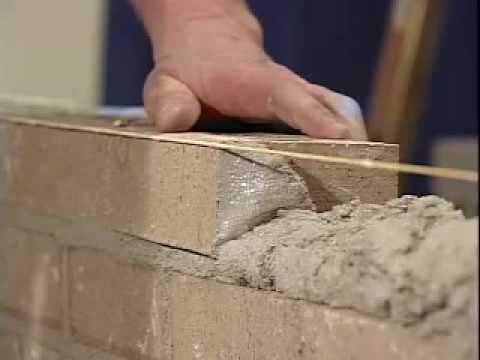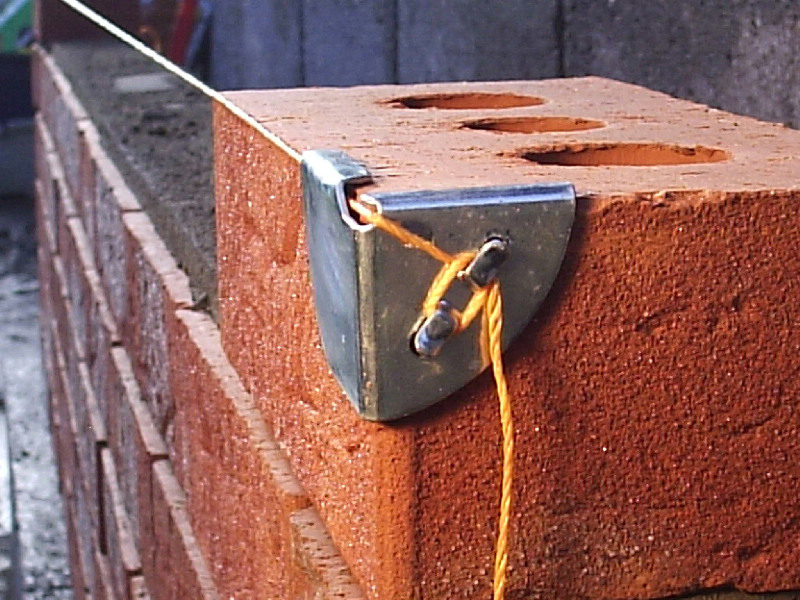Toolsheddude
Member
I've been collecting a lot of Sheffield Chisels and have got one I'm really struggling to identify if anyone could help.
Even though the name is worn and scratched away I'm sure with the stamp and shapes there should be enough to identify it.
At first i thought I saw 'Marples' in there at some point.
More recently i thought 'Haywood' but can only find very limited info on two names Thos Haywood 1841 and Thomas Haywood 1833 and thats all the info i can find.
Ive also had M & W as the first and third letters so i have a lot of possibilities.
Anyway ive attached a few photos.
Thanks
Even though the name is worn and scratched away I'm sure with the stamp and shapes there should be enough to identify it.
At first i thought I saw 'Marples' in there at some point.
More recently i thought 'Haywood' but can only find very limited info on two names Thos Haywood 1841 and Thomas Haywood 1833 and thats all the info i can find.
Ive also had M & W as the first and third letters so i have a lot of possibilities.
Anyway ive attached a few photos.
Thanks
















































